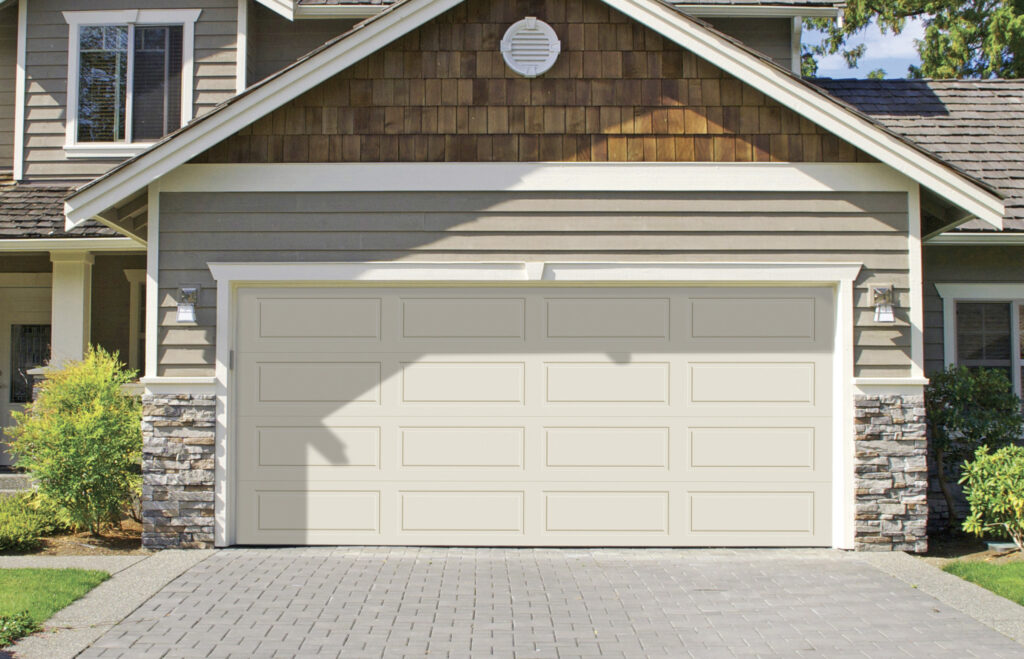Garage Door Repair Vancouver WA plays a crucial role in the operation of your garage door, helping to counterbalance the weight of the door and facilitate smooth opening and closing.

When a torsion spring breaks or becomes worn out, it can lead to significant issues with the functionality and safety of your garage door system. In this guide, we’ll explore everything you need to know about the cost of replacing a garage door torsion spring, including factors that affect the cost, types of springs available, and tips for selecting the right replacement.
Factors Affecting the Cost
Several factors can influence the cost of replacing a garage door torsion spring, including:
- Type of Spring: Garage doors typically use two types of torsion springs: standard torsion springs and high-cycle torsion springs. Standard torsion springs are designed for typical residential use and have a lifespan of around 10,000 cycles, while high-cycle torsion springs are more durable and can last up to 100,000 cycles. High-cycle torsion springs are generally more expensive but offer greater longevity and reliability.
- Size and Weight of the Door: The size and weight of your garage door will determine the size and strength of the torsion springs required. Larger and heavier doors require stronger springs, which may be more expensive to replace.
- Number of Springs: Some garage doors use a single torsion spring, while others use multiple springs for added support and balance. The number of springs required for your door will impact the overall cost of replacement.
- Quality of Springs: The quality of the torsion springs used for replacement will affect the cost. Higher-quality springs made from durable materials may have a higher upfront cost but can offer better performance and longevity, potentially saving you money in the long run.
- Labor Costs: In addition to the cost of the springs themselves, you’ll also need to factor in labor costs for professional replacement. Hiring a professional garage door technician ensures that the replacement is done correctly and safely, reducing the risk of accidents or injuries.
Cost Range of Replacing Garage Door Torsion Spring
The cost of replacing a garage door torsion spring can vary depending on the factors mentioned above. Here’s a breakdown of the cost range based on different scenarios:
- Standard Torsion Spring Replacement:
- Single Spring Replacement: $150 to $300
- Dual Spring Replacement: $250 to $500
- High-Cycle Torsion Spring Replacement:
- Single Spring Replacement: $250 to $500
- Dual Spring Replacement: $400 to $800
- Additional Costs and Considerations:
- Labor Costs: Professional replacement typically costs between $100 and $200 per spring, depending on the complexity of the job and the technician’s experience.
- Emergency Service: If your garage door torsion spring breaks unexpectedly, you may need to pay extra for emergency service or after-hours replacement.
- Additional Parts: Depending on the condition of your garage door system, you may need to replace other parts such as cables, pulleys, or rollers during the replacement process. These additional parts can add to the overall cost but are essential for ensuring the proper functioning of the door.
DIY vs. Professional Replacement
While some homeowners may attempt to replace a garage door torsion spring themselves to save money, this is not recommended unless you have experience and expertise in garage door repair. Torsion springs are under high tension and can be dangerous to work with, posing a risk of serious injury or property damage if mishandled. Hiring a professional garage door technician ensures that the replacement is done safely and correctly, reducing the risk of accidents and ensuring the longevity of your garage door system.
Conclusion:
In conclusion, the cost of replacing a garage door torsion spring depends on factors such as the type of spring, size and weight of the door, number of springs, quality of springs, and labor costs. By understanding these factors and working with a reputable garage door technician, you can ensure that your garage door torsion spring is replaced correctly and safely, restoring the functionality and reliability of your garage door system.
Ryder Garage Doors
PO Box 5474 Vancouver, WA 98668
1-360-843-7981

